Visiting Olhão, the prettiest town in the eastern Algarve
Author: Emma Higgins // September 28th 2016
A sea of rooftops sprawls out before me. Most are white with chipped paint, but I spot a few shades of yellow and one purple wall far in the distance. No two roofs are the same, making it look like this town was built house by house, brick by brick. On the rooftop directly in front of me there are a dozen or so potted plants arranged in lines. Next door, a big grey dog with white spotted ears roams around on his roof terrace; he directs a few deep and throaty barks my way, but soon tires and flops down in a shady corner.
A flock of birds whirls around in the sky a mile or so ahead. They soar through the heavens in formation before swooping downwards between the buildings, a pattern they repeat over and over again. Suddenly, I hear a clack-clack-clack, a sound that whips my attention to my right. On the white and grey church directly opposite me, a stork is perched on its nest. The noise is coming from her pink and pointed beak, which snaps open and close while she rearranges her bed. She’s at the foot of a giant stone cross, the church’s crowning fixture, and behind her is a dome and a bell tower. Further back, I see more stork’s nests dotted across Olhão’s stone ceiling.
Olhão is a 10-minute train ride east of Faro, in Portugal’s Algarve. This small town is home to one of the busiest fishing ports in the region, and serves as the main connection to the islands of Ria Formosa Natural Park. As tourism tends to drift west of Faro, Olhão is relatively unscathed, boasting a traditional way of life that, in recent years, has become harder and harder to come by in the Algarve. Portuguese locals far outnumber expats here, and life moves at a gentle pace as you imagine it might have done decades ago.
I walk in circles around old town, getting lost down the tiny streets. Many of the buildings I pass are covered in tiles; I pick out blue and yellow patterns or 70s green and pink designs. Washing hangs from lines outside windows, floating gently in the breeze and wafting the smell of soap around town. The floors are cobbled and slightly slippery underfoot.
Alleyways open up into small squares, where metal chairs and tables are arranged and people sip coffee in patches of sun. I walk by two women talking. One is stood on the pavement, the other is inside a house with her head stuck out a tiny window like someone manning a ticket booth.
A common picture of Olhão features its harbour-side market. Two large red-stoned halls, topped with domes in each corner, sit next to the port. These landmarks are filled with fish, meat, fruit and vegetable stands six mornings a week. Naturally, the seafood counters are the highlight, selling produce pulled from the ocean by nearby fishermen just hours before being thrown onto the sellers’ metal trays. I walk two loops of the market, watching bell peppers being thrown into plastic backs and fishmongers hacking away at their catch.
Pavement cafes line the outside circumference of the market, and are always busy whenever I pass them. Up and down the waterfront people amble along, stopping for a rest on the benches spaced out along the boulevard. Most people here are of the older generation; I notice many of them with sons and daughters, grandsons and grand-daughters.
Olhão is small and I can’t imagine much of note goes on here very often. It’s a bit run-down and rough around the edges. It’s a little bit forgotten. Perhaps that’s why I’m so enamoured with it. Travellers visiting Olhão come here for the beaches on the nearby islands, just a short ferry ride away from the port. I didn’t pass many, lingering as I did, around the old town’s streets and passageways. At night the town settles right down, with just a handful of bars open open ’til late. The mornings crept in just as undisturbed, with only one sound piercing the silence at the same hour each day: the stork’s clack-clack-clack, arriving like clockwork.
Would you consider visiting Olhão?

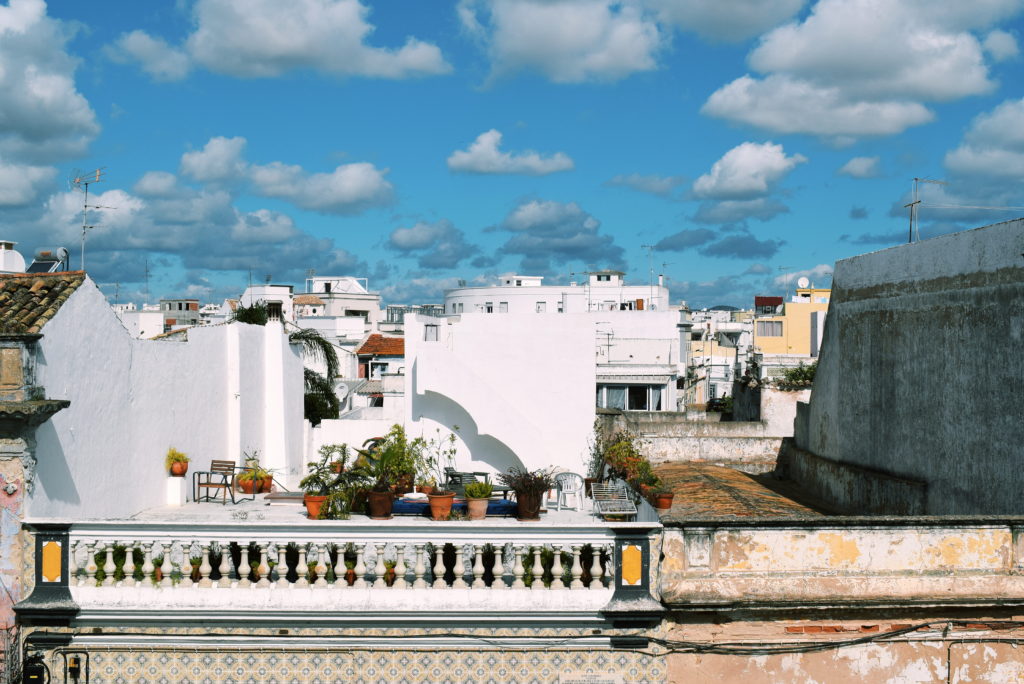
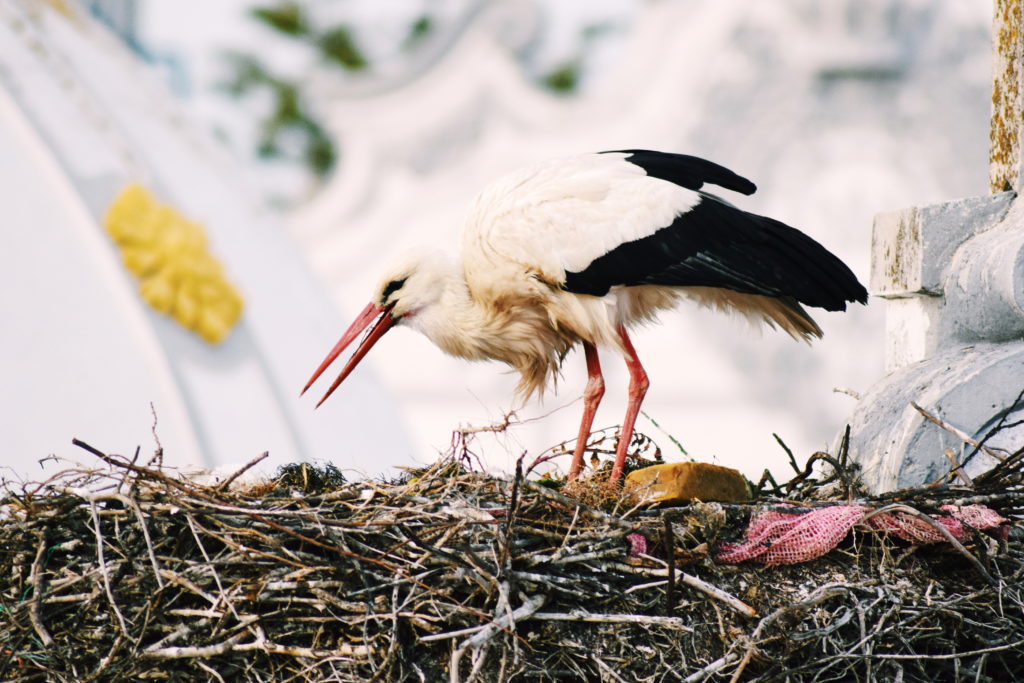

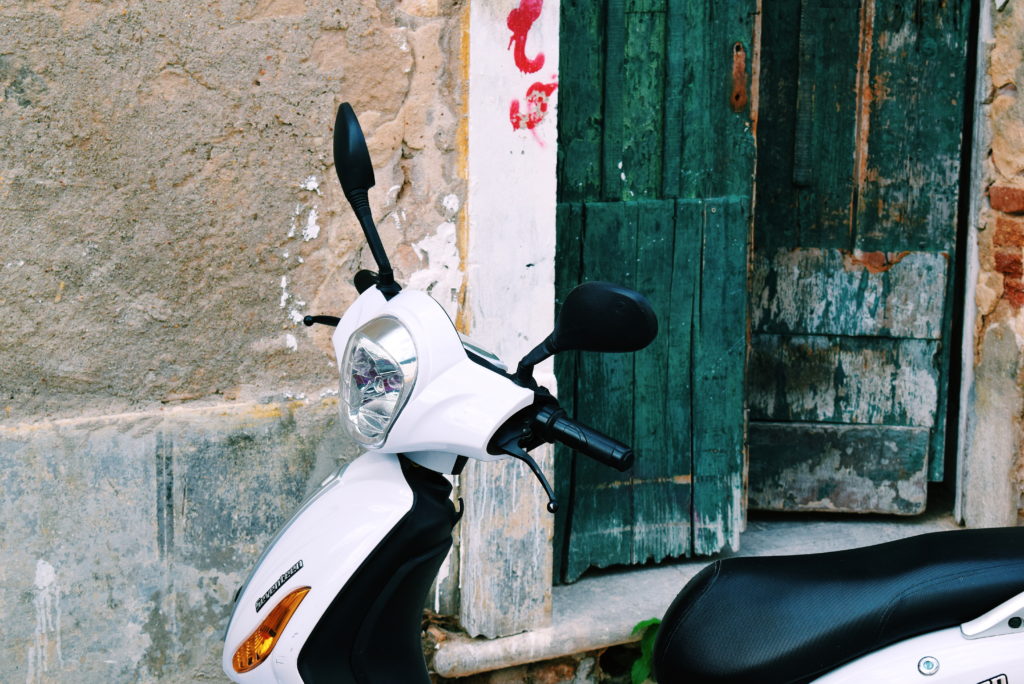
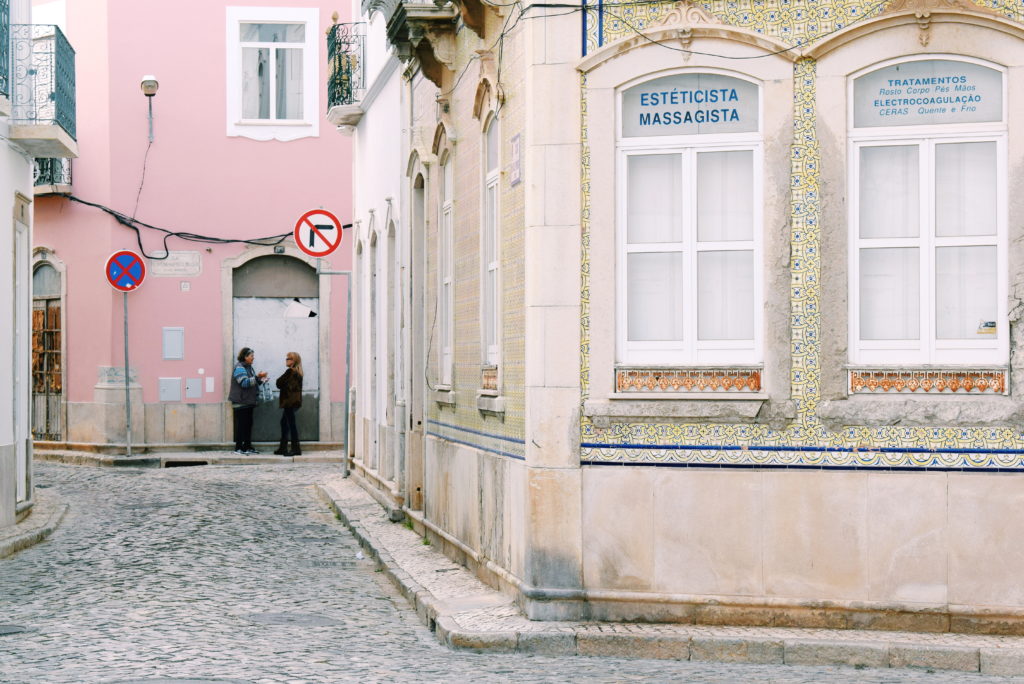
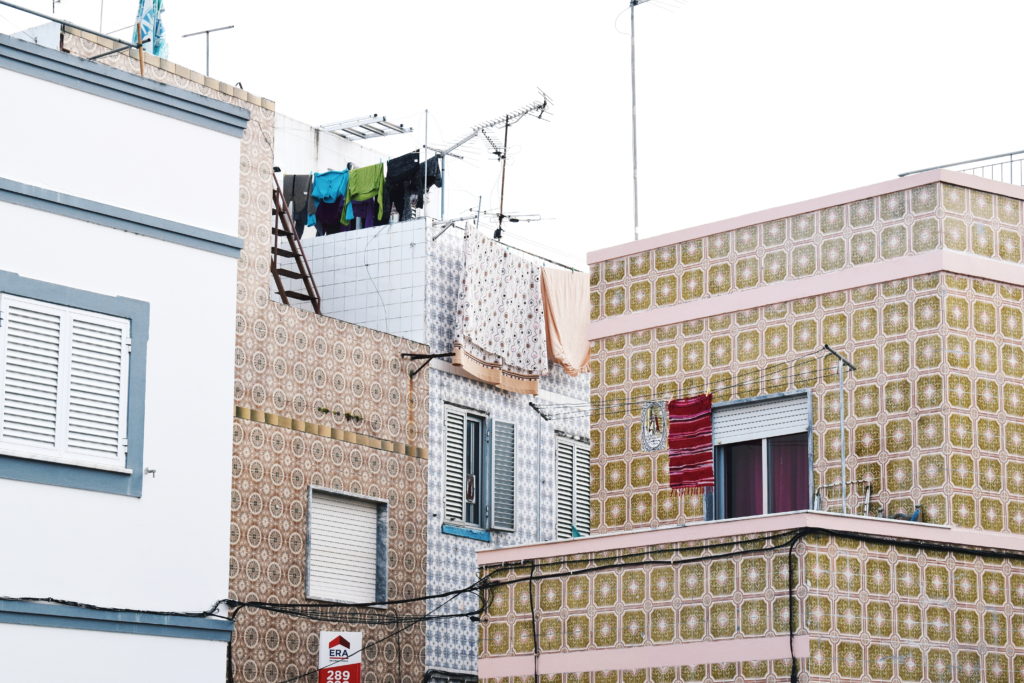
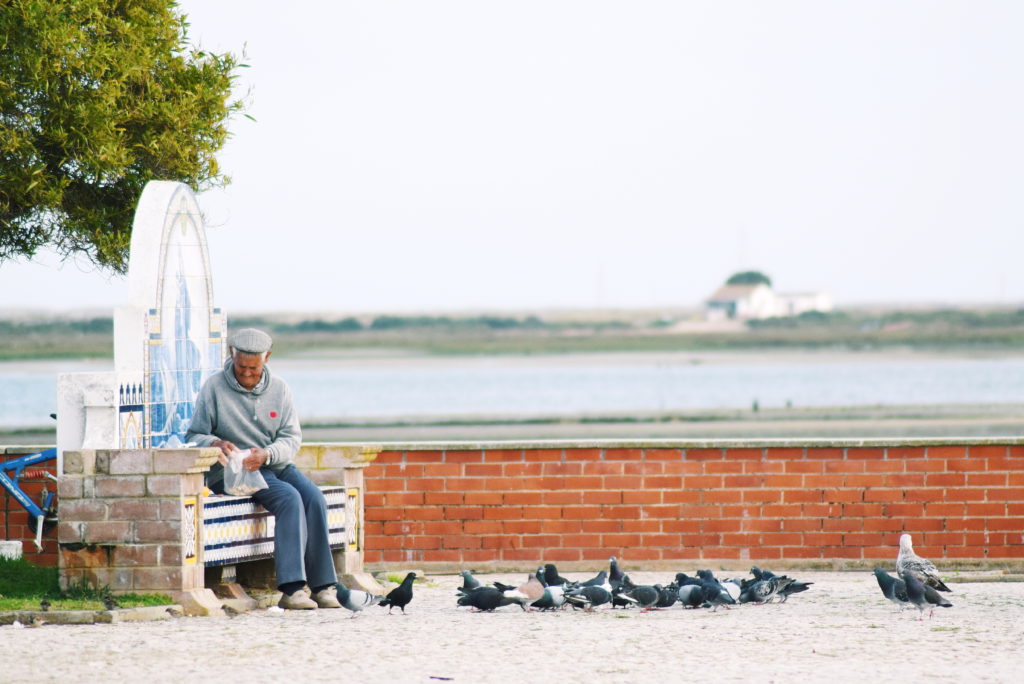
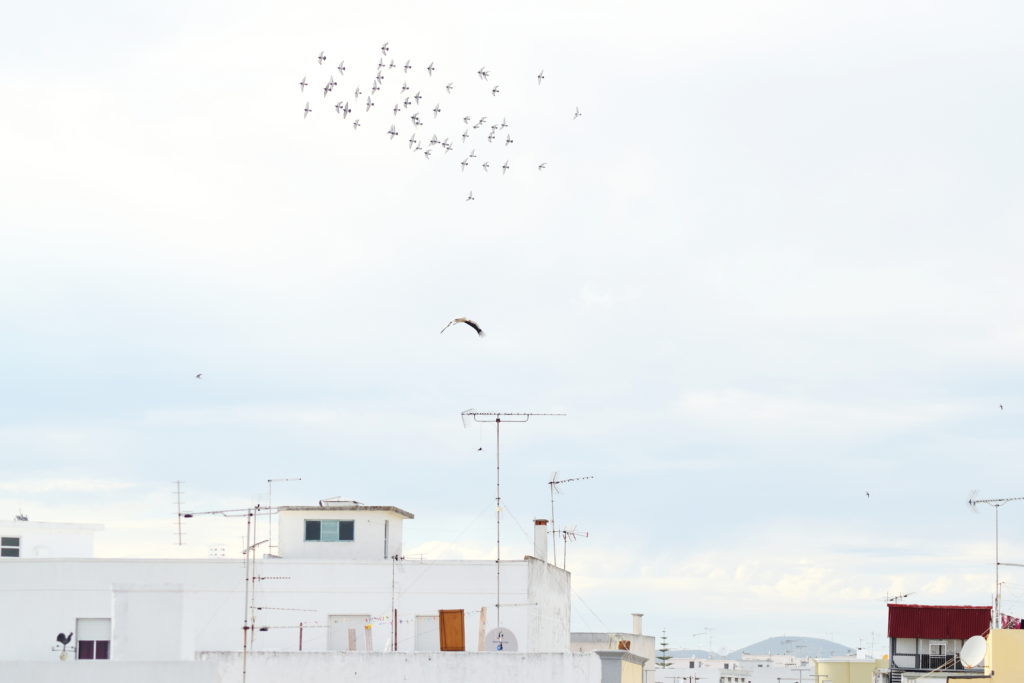
We love Olhao and it will stop being rough round the edges now the pong is gone.